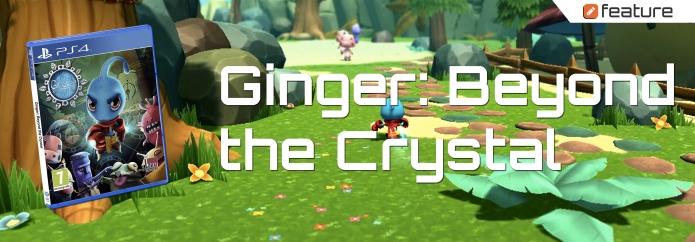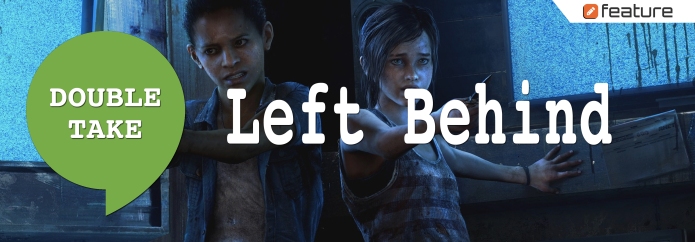I thought I hit rock-bottom about four months ago. After a brief stint of sobriety earlier in the year, I fell off the wagon. I found myself spending more time with Destiny than with my loved ones. Worse still, I found myself spending more time with Destiny than any other video game. I wasn’t eating. I wasn’t sleeping. I was just chasing that max light level dragon. And then one day, it just clicked in my head. This was a colossal waste of time.
Finally, with this monkey off my back, I could refocus my energy on our podcasts, this website, and the games that I had been ignoring. I played Uncharted 1, Uncharted 2, Uncharted 3, Uncharted 4, Until Dawn, Rise of the Tomb Raider, and Inside. And it was great. I felt like a real gamer again.
Then someone messaged me about two weeks ago. Someone from my past. Someone who enabled me time and time again.
“It’s Iron Banner this weekend in Destiny. You can get the gauntlets you need to hit max light level.”
And with those few words, I was back. Just for two hours, but I was back. I haven’t played since, but it forced me to admit to myself that I’ll always be a Destiny addict. I was left with no choice but to check myself back into a more intense version of Retro Rehab. I’ve added an extra step to make sure my sobriety sticks for good this time, but for now, it’s time for step 3, Super Mario World. Continue reading →

















































